Yakinoyuki - Gil-dong Branch (아키노유키 길동)
13.5Km 2021-03-29
50-7, Olympic-ro 70-gil, Gangdong-gu, Seoul
+82-2-488-6923
It is a Japanese pub serving a variety of dishes. The best menu at this restaurant is grilled patagonian toothfish. This Korean dishes restaurant is located in Gangdong-gu, Seoul.
Olive Young - Cheonho Jungang Branch [Tax Refund Shop] (올리브영 천호중앙)
13.5Km 2024-04-18
1027, Cheonho-daero, Gangdong-gu, Seoul
-
Yutaro (유타로)
13.5Km 2021-03-29
56-6, Olympic-ro 70-gil, Gangdong-gu, Seoul
+82-2-478-6999
It is a traditional Japanese ramen restaurant frequented by many gourmets. This Japanese (cuisine) restaurant is located in Gangdong-gu, Seoul. The representative menu is instant noodles.
Gwanaksan Mountain (관악산)
13.5Km 2023-01-02
Gwanak-ro, Gwanak-gu, Seoul
+82-2-879-6521
Reaching 632.2 meters in x_height, Gwanaksan Mountain is the symbol and pride of Gwanak-gu district in Seoul. Most of the cultural heritage of the district originates from Gwanaksan Mountain. Since it was designated as a city natural park in 1968, it has continued to serve as a favorite place for relaxation and excursion for Seoul citizens. The various rocky peaks and the deep valleys give the mountain a rugged feel. The mountain's size and close proximity to Seoul make it easy for Seoul residents to make a day trip.
In the spring, cherry blossoms are in full bloom near the entrance to the mountain, and a Rhododendron Festival is held when the rhododendrons are in full bloom. At the mountain's summit are Wongaksa Temple and Yeonjuam Hermitage, which were built by Taejo Yi Seong-gye (the founder of the Joseon dynasty) to ward off misfortune when he decided to move the capital to Seoul. There are also other temples and hermitages, and a ground radar observation post. Yeonjudae Hermitage, located atop a cliff, is where all the hiking trails of Gwanaksan Mountain meet.
Archaeological Site in Amsa-dong, Seoul (서울 암사동 유적)
13.5Km 2021-07-27
875, Olympic-ro, Gangdong-gu, Seoul
+82-2-3425-6520
The Archaeological Site in Amsa-dong reproduces the lifestyle of the Neolithic Era. Even the entrance gate is shaped like a huge dolmen and the trash cans are ancient diagonal-line patterned earthenware. Archaeological Site in Amsa-dong was excavated in 1925 when a flood washed away the soil on the banks of the Hangang River and exposed a large number of diagonal-line patterned earthenware. After several excavations, the Archaeological Site in Amsa-dong was established.
The site was a location for a massive colony, thus many ancient buildings, stone axes and stone arrows have been uncovered as well as countless diagonal-line patterned earthenware. The housing site is round with a spot in the center for fire. The site is colossal and possesses nine mud huts, two exhibition halls displaying ancient artifacts and an open mud hut where visitors can experience life in the Neolithic Era. The site offers many attractions such as mud huts and promenades. Archaeological Site in Amsa-dong is also very educational for children and families who want to learn and experience the Neolithic Age.
ABC-Mart - Cheonho Branch [Tax Refund Shop] (ABC마트 천호점)
13.5Km 2024-04-18
7, Cheonho-daero 157-gil, Gangdong-gu, Seoul
-
Sweet Park (Lotte Children's Food Experience Center) (스위트파크(롯데어린이식품체험관))
13.5Km 2024-02-15
201 Magokjungang-ro, Gangseo-gu, Seoul
Sweet Park is a children's food experience center, an educational and entertainment space featuring Lotte's food products. The park is designed as a village themed around Lotte's food items. It offers various tour programs such as Hot Air Balloon Theater, Sweet Park Tours, Lotte R&D Center Experience Zone, and Xylitol Dental Health Education Zone.
Cheonho Jjukkumi (천호쭈꾸미)
13.5Km 2021-03-29
14, Cheonho-daero 158-gil, Gangdong-gu, Seoul
+82-2-477-9994
It is a place frequented by the residents of Cheonho-dong. The best menu at this restaurant is webfoot octopus. This Korean dishes restaurant is located in Gangdong-gu, Seoul.
Daegenara - Jamsil Branch (대게나라 잠실)
13.5Km 2021-03-27
165, Ogeum-ro, Songpa-gu, Seoul
+82-2-412-2338
It is a restaurant that specializes in strictly selected king crabs produced from the place of production. The best menu at this restaurant is snow Crab. This Korean dishes restaurant is located in Songpa-gu, Seoul.
Gwacheon Chusa Museum (추사박물관(과천))
13.5Km 2023-07-14
78, Chusa-ro, Gwacheon-si, Gyeonggi-do
+82-2-2150-3650
Gwacheon was where Chusa Gim Jeong-hui immersed himself in studies and arts to ignite his final artistic spirit in the twilight of his life. The city of Gwacheon opened Chusa Museum in order to promulgate the essence of the learning and arts that Chusa flowered. The museum features the life exhibit of Chusa, an art and science exhibit, a planned exhibit hall, an experience room, lounges, a museum shop and an education room for thoroughly researching, exhibiting and experiencing Chusa.
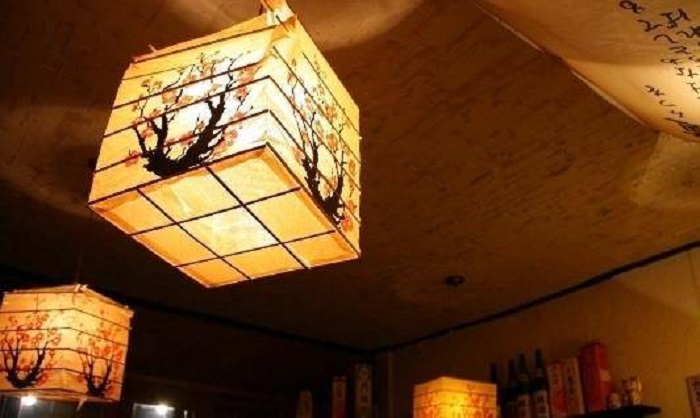
![Olive Young - Cheonho Jungang Branch [Tax Refund Shop] (올리브영 천호중앙)](http://tong.visitkorea.or.kr/cms/resource/76/2878876_image2_1.jpg)
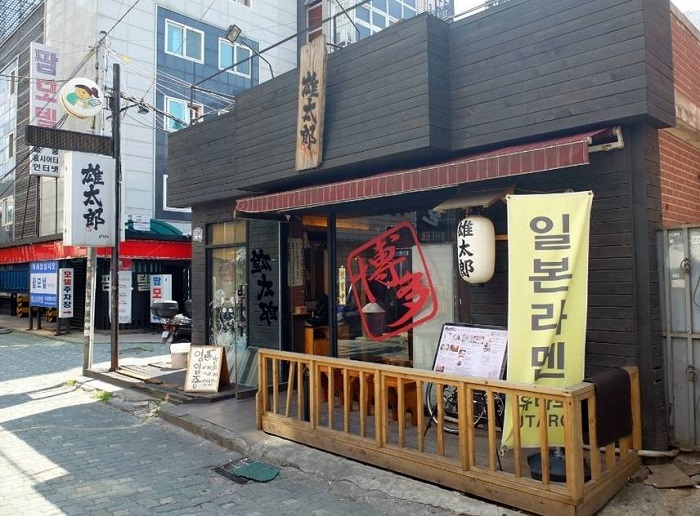
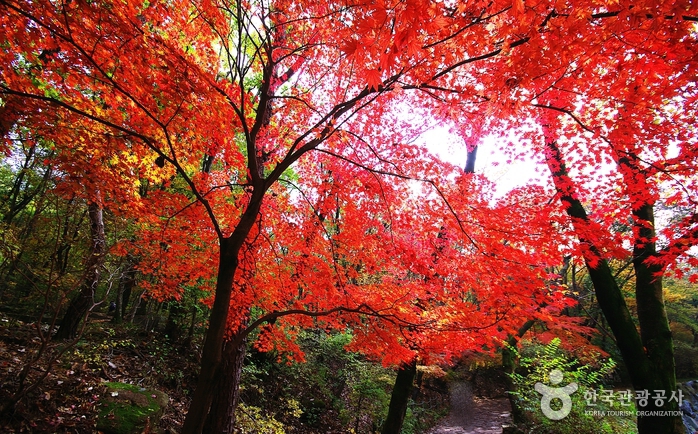
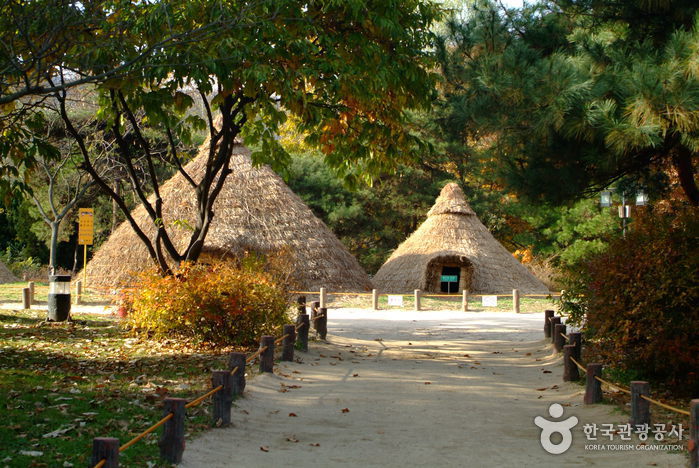
![ABC-Mart - Cheonho Branch [Tax Refund Shop] (ABC마트 천호점)](http://tong.visitkorea.or.kr/cms/resource/79/2878879_image2_1.jpg)

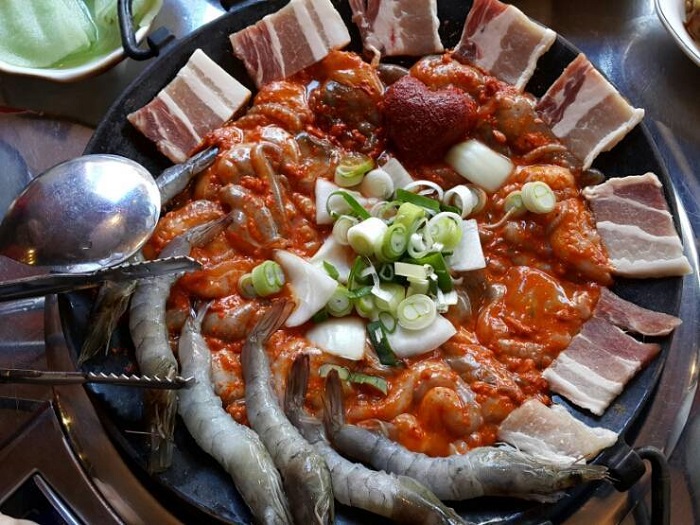
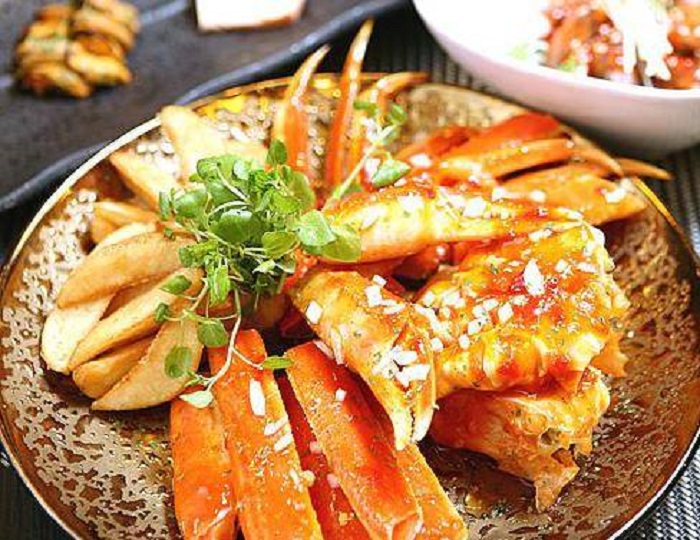
 English
English
 한국어
한국어 日本語
日本語 中文(简体)
中文(简体) Deutsch
Deutsch Français
Français Español
Español Русский
Русский